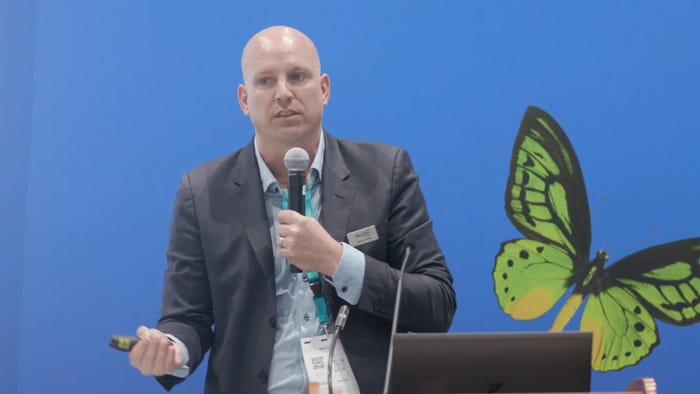Developing a Fully Integrated, Digitally Controlled, Intelligent Production Manufacturing Line for xRNA
July 31, 2024

Aaron Cowley, chief scientific officer, ReciBioPharm
ReciBioPharm, a division of contract development and manufacturing organization (CDMO) Recipharm, develops and produces advanced-therapy medicinal products (ATMPs), including plasmids, size-expanded RNA (xRNA), viral vectors, and microbiome therapies. In 2022, the Massachusetts Institute of Technology (MIT) and the US Food and Drug Administration (FDA) awarded a grant of US$82 million to be applied toward speeding process development and making manufacturing compliant with current good manufacturing practices (CGMPs). ReciBioPharm received a majority of the grant to deliver two systems: a non-GMP, laboratory-scale poly(C)-binding protein-1 (CP1) system for manufacturing of ~0.5 g of messenger RNA (mRNA) per day, and a CGMP-grade poly(C)-binding protein-2 (CP2) system for mRNA manufacturing at 0.5–40 g per day. ReciBioPharm already uses the CP1 system in routine, and company expects to begin using the CP2 system in early 2025.
The development project is based on three goals: centralized process control, continuous and integrated processing, and rapid process development. To centralize process control, individual unit-operation controls must be replaced with single-point operations. For ReciBioPharm, that entails integration from in vitro transcription (IVT) through fill–finish procedures. Such integration will result in continuous production workflows through in-line process analytical technologies (PATs) and enable constant supervision of daily product outputs. ReciBioPharm’s process development involves the use of artificial intelligence (AI) and machine learning (ML) to predict outcomes during manufacturing. When put into practice, those three capabilities can increase speed to clinic and decrease manufacturing costs.
Traditional batch processes use five manufacturing suites during production: preparation activities; IVT, tangential-flow filtration (TFF), and chromatography steps; mixing and RNA integration; sterile filtration and filling; and off-line product quality and release testing interspersed throughout. In a continuous, integrated process, a single manufacturing suite is used, resulting in uninterrupted production with in-line quality control (QC). Traditional batch-process steps are gated by QC release, and staff sometimes can incur manufacturing risks if they must rework steps because of limited in-process knowledge. Integrated process steps incorporate QC testing throughout manufacturing, and results of those tests are fed to automation-control software to enable constant monitoring and real-time product characterization.
Cowley stressed the importance of digital architecture to build manufacturing systems. Digital tools enable operators to observe integrated processes throughout manufacturing. PATs also can assess the outcomes of manufacturing processes for continuous improvement. One such improvement allowed ReciBioPharm operators to remove the need for off-line sample measurement and instead incorporate in-line ultraviolet–visible spectroscopy (UV-vis) concentration testing. That method provides a margin of error of ~9% and a 0.99 coefficient of determination (R2). ReciBioPharm also uses Raman spectroscopy to maintain the integrity of manufactured mRNA. Operators thus can control both material yield and purity.
Predictive-analytics tools, such as digital twins, can be used to optimize IVT reactions, increase product yields, and minimize process waste and by-products. ML models take data throughout manufacturing processes and use them to form decision trees to predict the best performance outcomes for yield and purity. Those decision trees indicate the importance of individual variables to help operators determine which ones have the greatest effects on yield and purity. ReciBioPharm’s ML models also are process agnostic, so one model can predict values for multiple constructs.
Cowley ended the presentation with three key takeaways: Raman and UV-vis spectroscopy can replace off-line analytics for increased speed and efficiency in manufacturing. Digital twin models can predict trends, and those predictions can be used for process adjustments and batch-release criteria. And further calibrations of such procedures can improve detection of impurities.
Watch Online
See all presentations online from BPI Theater at BIO 2024.
You May Also Like





